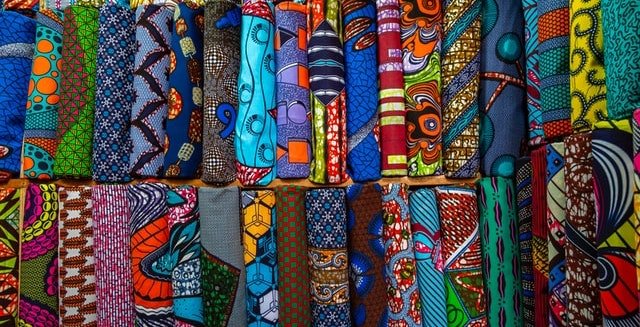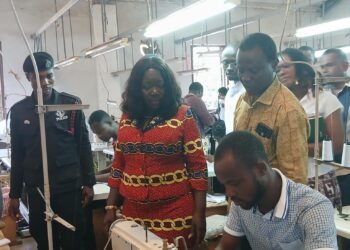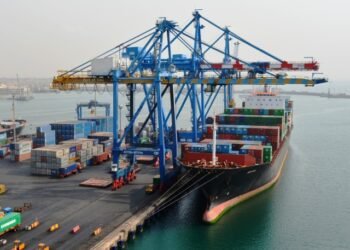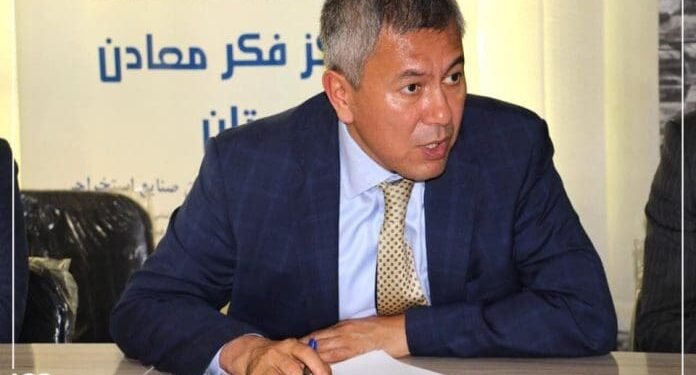IMANI Africa has welcomed the Government of Ghana’s proposed national policy for the textile and fashion industry, describing it as a positive step toward industrial revival but warned that “deep-rooted” structural challenges must first be addressed for the framework to deliver meaningful results.
The analysis, contained in IMANI’s Critical Analysis of Governance and Economic Issues, highlighted that while the direction of policy is right, Ghana’s historical failure to sustain industrial transformation offers important lessons for implementation.
“At its core, the proposed policy is designed to address long-standing gaps across the value chain. It emphasizes skills development, financing access, productivity, and quality standards, alongside measures to integrate fashion design with textile production.
“In principle, this direction is correct. Ghana’s creative economy holds enormous potential, and a coherent framework could help unlock jobs, attract investment, and reposition the country as a manufacturing hub. But this is not Ghana’s first attempt to revive its textile industry”
IMANI Africa
The government’s plan, which aims to scale the textile and fashion industry beyond US$2 billion by 2033, includes reviving cotton cultivation across 50,000 hectares nationwide. The initiative seeks to position the sector as a central pillar of Ghana’s industrial diversification, export growth, and creative employment.

IMANI noted that though the proposed framework is well-intentioned and aligns with Ghana’s industrial ambitions, the sector’s revival depends on overcoming challenges that have repeatedly undermined earlier efforts.
It recalled that once-vibrant firms such as GTP, ATL, and Juapong Textiles collapsed under the weight of “cheap imports from Asia, outdated equipment, high production costs, and weak enforcement of industrial regulation”.
The think tank emphasized that past policy failures which led to the collapse of some of these firms stemmed from neglecting the foundations of production – especially the cotton sub-sector, which still remains largely plagued.
“Cotton cultivation, the first link in that chain, remains underdeveloped, with inconsistent production volumes and poor support to farmers. The sector also suffers from limited access to affordable credit, high energy costs, and a flood of low-cost imports that continue to undermine local manufacturers”
IMANI Africa
Constraints Threatening Success
IMANI Africa pointed to high energy costs, lack of affordable credit, and porous trade enforcement as critical barriers that could further derail the government’s new plan if not urgently tackled.
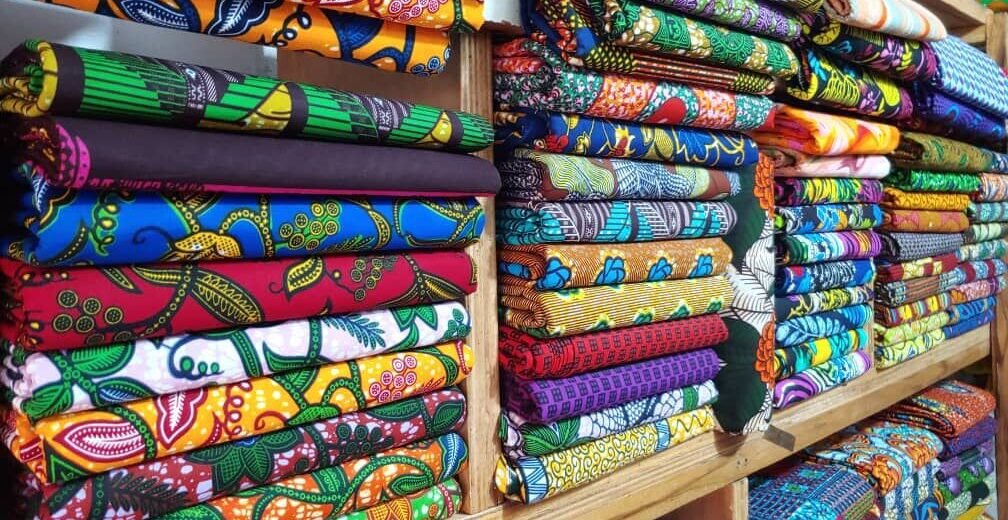
The organisation argued that without deliberate coordination across agriculture, finance, and trade policies, the proposed framework could become yet another well-drafted document without industrial impact.
“Ghana cannot build a textile future without first rebuilding the value chain from the ground up,”
IMANI warned, urging policymakers to align sectoral strategies and enforce consistent standards to protect domestic manufacturers from low-cost imports.
The analysis also underscored the importance of connecting the informal creative economy – comprising tailors, designers, and artisans – with the formal manufacturing system, observing that sustainable industrialization requires an inclusive model that provides training, access to finance, and recognition for small-scale producers within the larger textile value chain.
“A coherent framework could unlock jobs, attract investment, and reposition the country as a manufacturing hub,” IMANI noted, stressing that creativity and industrial policy must work in tandem rather than in isolation.
While acknowledging that the government’s plan signals renewed intent to industrialize beyond commodity dependence, IMANI reiterated that the measure of success will lie in execution, not rhetoric, as it called for strict implementation discipline and transparency in policy delivery to ensure that outcomes match expectations.
“Industrial revival demands more than good policy; it requires consistency, execution, and the discipline to follow through,” the think tank added and urged that lessons from previous failed reforms guide the rollout of the new textile framework.

“Ghana’s new textile policy is a step in the right direction. It offers an opportunity to realign industrial strategy with creative ambition. Yet its success will depend on how boldly the government addresses the deep structural barriers that have held the industry back for decades”
IMANI Africa
For the organisation, structural correction – not mere policy announcement – remains the cornerstone of sustainable transformation, especially for one geared towards diversifying the country’s industrial base and strengthening manufacturing competitiveness.
READ ALSO: Sanae Takaichi Becomes Japan’s First Female Prime Minister

